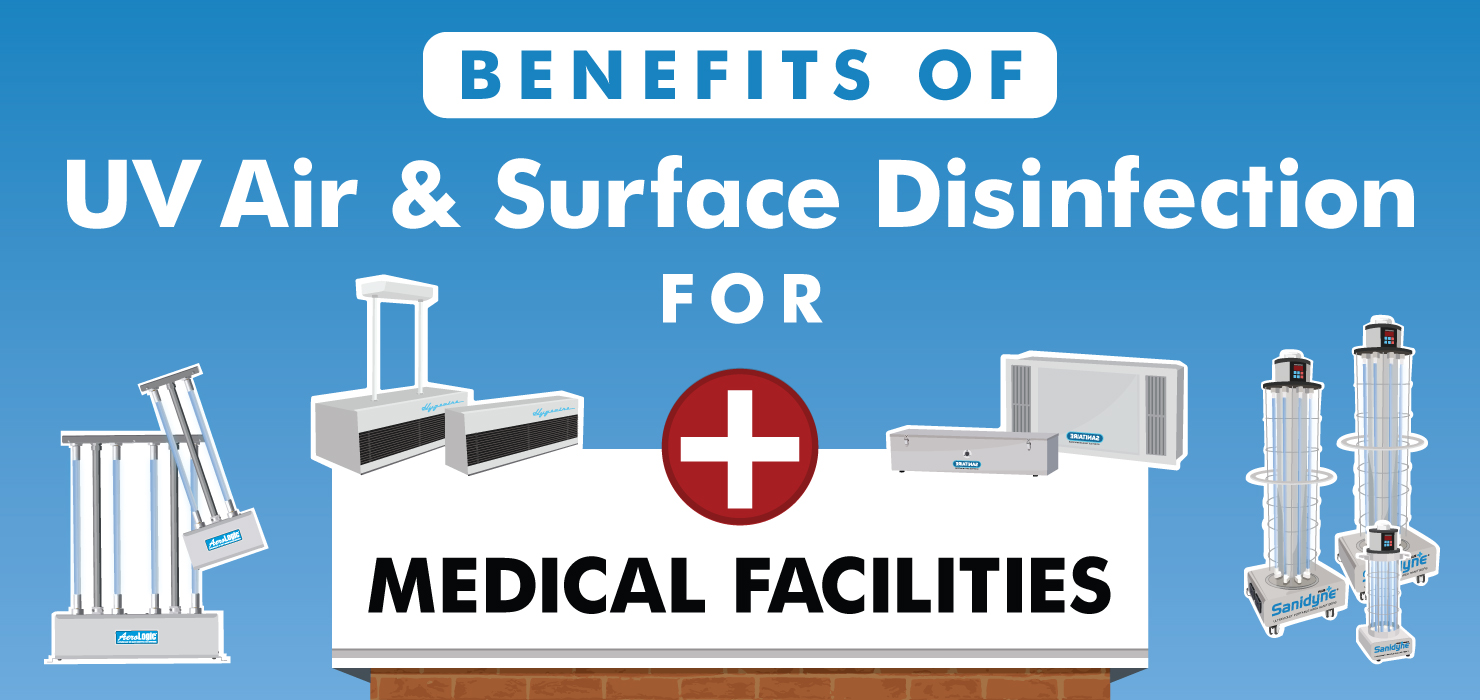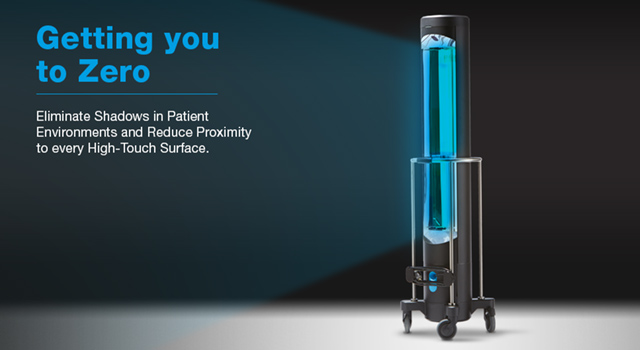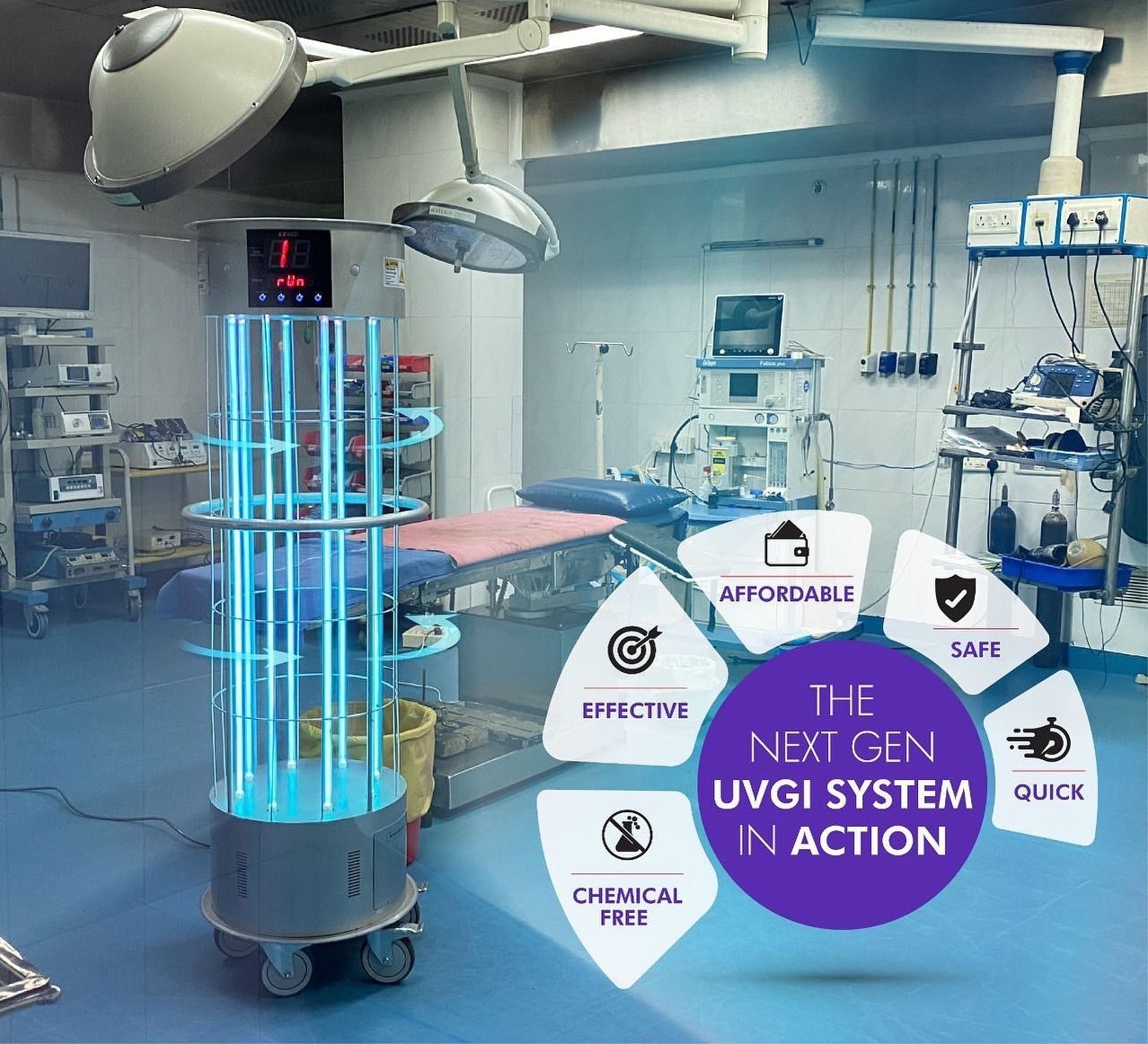UV Sanitation: The Cutting-Edge Modern Technology Changing Sanitation Practices
In the world of hygiene practices, one technology has actually emerged as a game-changer: UV disinfection. With its ability to remove damaging virus, this innovative innovation is transforming the way we approach cleanliness and hygiene. How does UV sanitation work, and what are the benefits it provides? From healthcare setups to food handling, UV sanitation is making its mark in numerous sectors. In this discussion, we will check out the complexities of this transformative innovation and expect its appealing future.
How UV Sanitation Works
UV disinfection works by using ultraviolet light to ruin or suspend microbes, offering a extremely efficient and chemical-free technique of cleanliness. This technology uses the power of short-wavelength UV-C light, which is capable of harming the DNA and RNA of bacteria, hence rendering them not able to create and reproduce harm.
The procedure begins with the installation of UV disinfection systems, which include UV lamps that send out UV-C light. These lights are tactically positioned in locations where microbial contamination is a concern, such as water therapy plants, medical facilities, labs, and food handling centers.
When microorganisms are subjected to UV-C light, the photons penetrate their cell wall surfaces and get to the DNA and RNA inside. The high-energy UV-C photons interrupt the genetic material by producing bonds in between nearby nucleotides, causing the development of thymine dimers. These dimers stop the microorganisms from duplicating, making them safe.
UV sanitation is very efficient versus a wide variety of microbes, consisting of bloodsuckers, viruses, and bacteria. It is specifically reliable against waterborne microorganisms like E. coli, Giardia, and Cryptosporidium. Furthermore, UV sanitation is a chemical-free approach, eliminating the demand for possibly damaging disinfectants and reducing the threat of dangerous sanitation by-products.
Benefits of UV Disinfection
UV sanitation supplies many benefits in the field of hygiene, making it a highly chosen technique for effectively getting rid of unsafe microorganisms. One of the essential advantages of UV disinfection is its capability to supply a chemical-free service. Unlike traditional sanitation methods that depend on chemicals, UV disinfection uses ultraviolet light to destroy the DNA of microbes, providing them incapable to recreate and create infections. This not just removes the demand for potentially harmful chemicals but additionally reduces the risk of chemical residue on surface areas.

UV sanitation is likewise very functional in its applications. It can be made use of in numerous setups, including healthcare facilities, colleges, food handling centers, and water treatment plants. UV sanitation systems can be conveniently incorporated right into existing cleanliness techniques, giving an extra layer of defense versus transmittable illness.
In addition to its performance and versatility, UV disinfection is additionally eco-friendly. It does not generate any type of unsafe results or residues, making it a lasting and secure method for sanitation - uv surface disinfection. UV disinfection needs marginal maintenance and has a long life-span, resulting in cost financial savings in the long run.
UV Sanitation in Medical Care Setups
In healthcare setups, UV sanitation has actually emerged as an innovative approach for properly eliminating hazardous microorganisms. UV disinfection works by giving off ultraviolet light at a particular wavelength that is dangerous to bacteria, viruses, and other bacteria.
To start with, UV disinfection is a non-chemical method, making it an environmentally friendly choice compared to traditional sanitation approaches that usually entail the use of extreme chemicals. Making use of UV light gets rid of the need for chemical anti-bacterials, reducing the threat of hazardous deposit or chemical exposure to both people and healthcare employees.
In addition, UV sanitation is highly reliable in eliminating a vast array of microbes, including drug-resistant microorganisms such as MRSA and C. difficile. It gives a consistent and trusted disinfection process, guaranteeing that all surfaces and equipment are thoroughly sanitized, also in hard-to-reach locations.

UV Disinfection in Food Processing
The application of UV sanitation prolongs past medical care settings and discovers considerable worth in the world of food processing. uv surface disinfection. UV sanitation technology is coming to be significantly popular in the food industry due to its capability to effectively eliminate damaging pathogens and enhance food security
Among the major advantages of UV sanitation in food processing is its capability to target a large range of microbes, consisting of molds, microorganisms, and infections. By making use of UV light at specific wavelengths, it is feasible to interfere with the DNA and RNA of these virus, making them not able to recreate or trigger injury. This modern technology can be used to different phases of the food processing chain, including surface area sanitation, equipment sanitation, and water treatment.
UV sanitation supplies a chemical-free and non-thermal approach of disinfecting food products. Unlike typical sanitation techniques that rely upon chemicals or click here for info warm, UV modern technology does not leave any deposit or change the preference, texture, or dietary worth of the food. This makes it an ideal option for industries that need rigorous adherence to top quality requirements.
In addition, UV sanitation systems are easy to operate and mount, needing very little maintenance. They can be incorporated right into existing processing lines without creating considerable disturbances to the manufacturing procedure. Additionally, UV systems have a fast treatment time, allowing for continual processing and lowering downtime.
The Future of UV Sanitation

One location where UV disinfection is expected to make significant developments remains in the area of health care. With the increase of antibiotic-resistant bacteria and the need for more effective sanitation methods, UV light has the possible to play an important duty in decreasing healthcare-associated infections. UV sanitation systems can be utilized to decontaminate surfaces, devices, and even the air in healthcare centers, aiding to stop the spread of unsafe pathogens and enhance person safety and security.
One more market that can gain from advancements in UV disinfection innovation is the food sector. UV light has actually already confirmed to be a reliable method for decontaminating food and reducing the danger of foodborne diseases. As modern technology enhances, we can expect to see much more reliable and cost-effective UV disinfection systems being executed in food processing plants, making certain that the food we take in is safe and devoid of damaging germs.
Conclusion
In verdict, UV disinfection is a sophisticated technology that is transforming hygiene methods in health care setups and food processing. By utilizing UV light to eliminate or shut off microbes, it provides countless advantages such as safety and security, performance, and effectiveness. With continuous advancements in this field, read here UV disinfection holds fantastic possible for the try this future of sanitation, giving a lasting and reputable service for keeping tidy and hygienic atmospheres.
UV disinfection is a chemical-free technique, getting rid of the requirement for potentially unsafe anti-bacterials and lowering the danger of harmful disinfection byproducts.
Unlike typical sanitation approaches that count on chemicals, UV sanitation uses ultraviolet light to destroy the DNA of bacteria, making them incapable to duplicate and create infections. Unlike standard disinfection methods that rely on chemicals or warmth, UV innovation does not leave any type of deposit or alter the taste, appearance, or dietary value of the food. As innovation enhances, we can anticipate to see a lot more reliable and affordable UV sanitation systems being implemented in food processing plants, making sure that the food we consume is risk-free and complimentary from damaging germs.
In verdict, UV disinfection is a cutting-edge technology that is changing sanitation practices in health care setups and food processing.